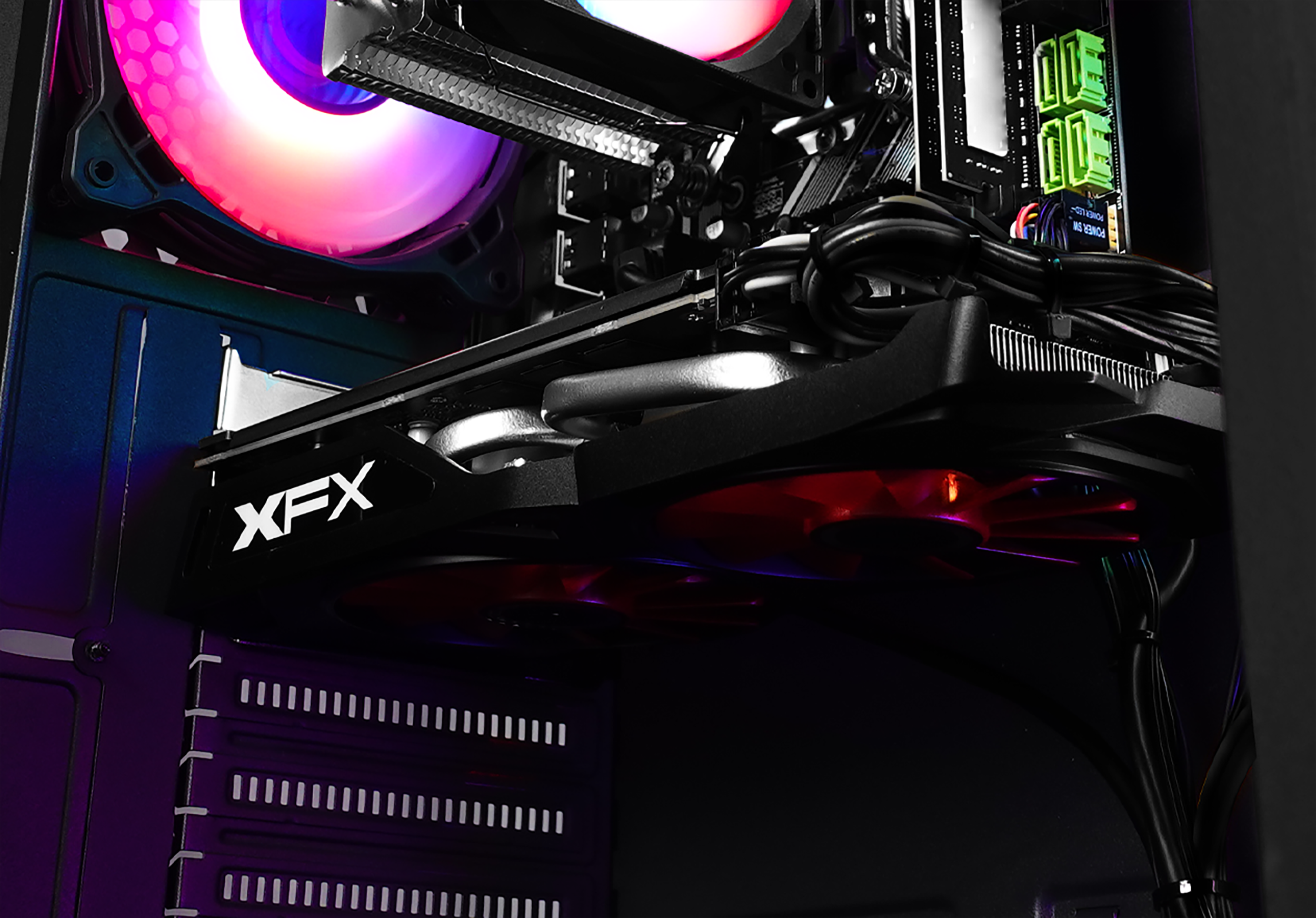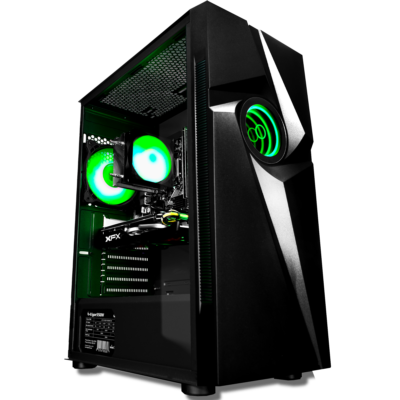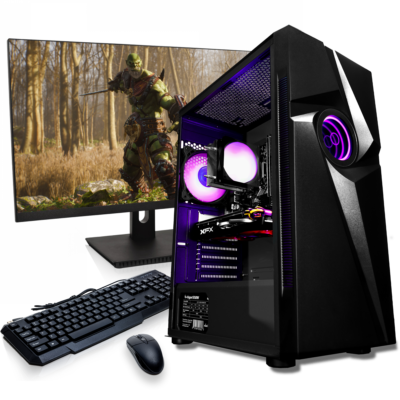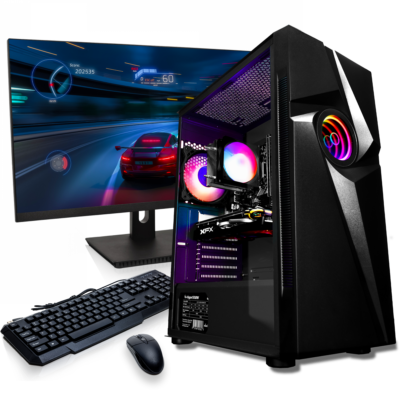
5 Ways to Optimize your Gaming PC for Free
In the dynamic realm of gaming, achieving optimal performance often feels like a balancing act. In this post we explore 5 things you can implement today to get the most out of your Gaming PC.

Selecting the right graphics card is a critical decision for any gaming rig, and the market is brimming with options catering to various budgets and performance needs. In this head-to-head comparison, we’ll delve into the strengths and weaknesses of two popular contenders: the Radeon RX 580 and the GTX 1660 Super. Whether you’re a budget-conscious gamer or looking for the best bang for your buck, understanding the nuances of these GPUs can help you make an informed decision.
The Radeon RX 580, released by AMD, has earned its reputation as a reliable workhorse for 1080p Medium-High gaming. Armed with 8GB of GDDR5 memory and a base clock speed around 1257 MHz, the RX 580 provides a solid foundation for a budget-friendly gaming setup.
With its VR-ready capabilities, the RX 580 is an enticing option for those venturing into the immersive world of virtual reality. It handles VR titles admirably, delivering a smooth and responsive experience for an affordable price.
One of the standout features of the RX 580 is its compatibility with AMD’s FreeSync technology. If you own a FreeSync-enabled monitor, this GPU can synchronize the display’s refresh rate with the graphics card, reducing screen tearing and stuttering for a more fluid gaming experience.
NVIDIA’s GTX 1660 Super, part of the Turing architecture, boasts 6GB of GDDR5 memory and a higher base clock speed compared to the RX 580. This results in improved efficiency and raw performance, making it a strong contender for 1080p gaming at high settings or 2K Medium.
Content creators will appreciate the GTX 1660 Super’s NVENC encoder, which offloads video encoding tasks, providing smoother gameplay streaming and recording experiences without putting a significant strain on the CPU.
Similar to the RX 580’s FreeSync compatibility, the GTX 1660 Super supports NVIDIA’s G-Sync technology. This allows users with G-Sync monitors to enjoy tear-free gaming experiences, enhancing visual quality and immersion.
In benchmark tests, the GTX 1660 Super tends to edge ahead in raw performance, showcasing its prowess in delivering higher frame rates across various titles. However, the RX 580 remains a stalwart competitor, often offering a more affordable price point.
Choosing between the Radeon RX 580 and the GTX 1660 Super ultimately depends on your specific needs and budget constraints. If VR capabilities and FreeSync compatibility are high on your priority list, the RX 580 presents a compelling option. On the other hand, if you’re aiming for higher raw performance and efficient video encoding for content creation, the GTX 1660 Super emerges as a strong contender.
Consider your gaming preferences, monitor setup, and budget constraints carefully before making a decision. Both of these GPUs offer commendable performance for their respective price ranges, providing gamers with a solid foundation for an enjoyable gaming experience.


In the dynamic realm of gaming, achieving optimal performance often feels like a balancing act. In this post we explore 5 things you can implement today to get the most out of your Gaming PC.

Exploring the evolution of Age of Empires, from its humble beginnings to the influential gaming franchise it is today.

Whether you’re a fan of battle royales, space-faring ninjas, or cooperative monster hunting, these three games offer not only an immersive gaming experience but also a testament to the potential of free-to-play models.




